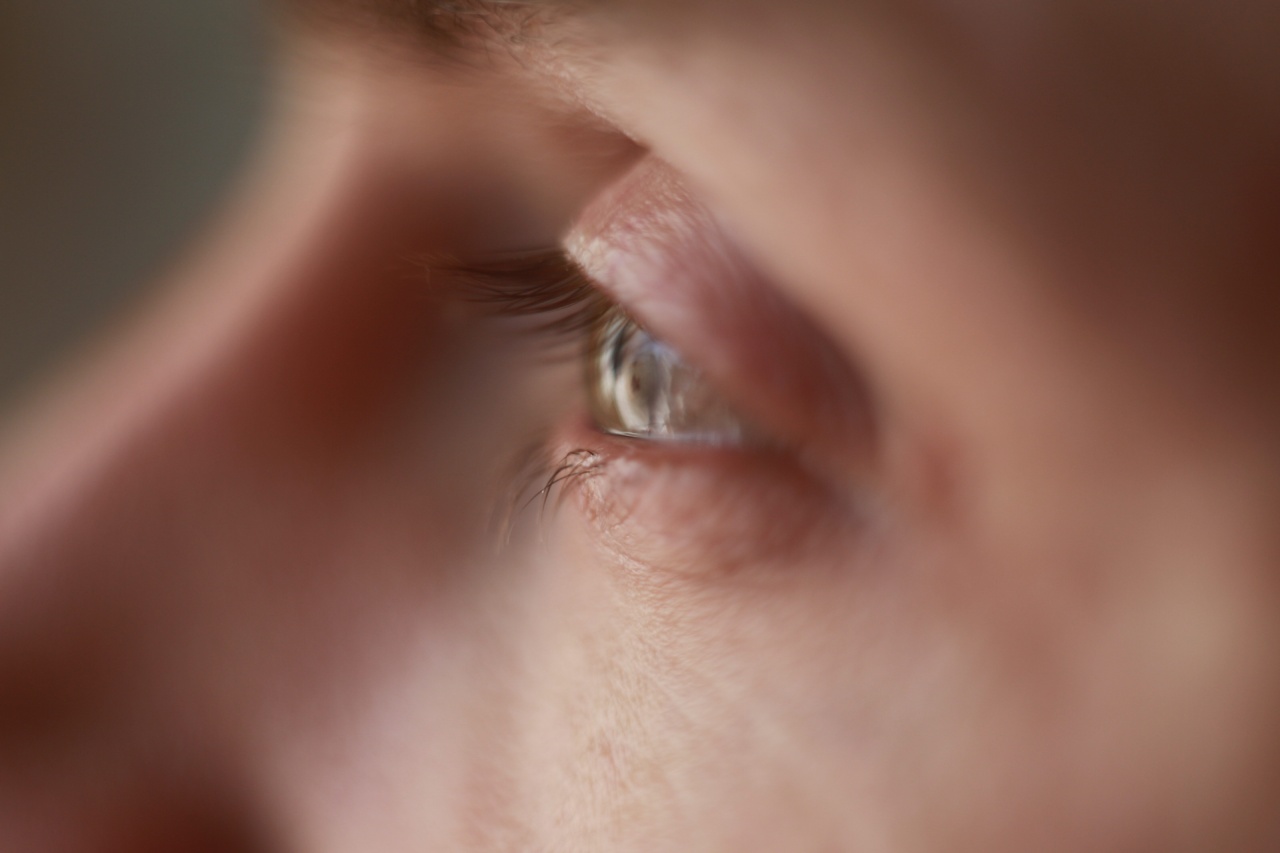Diabetes is a chronic condition that affects millions of people worldwide. While most are aware of the risks associated with diabetes, such as heart disease and kidney failure, there is a lesser-known but equally serious threat: vision loss.
This article aims to shed light on the silent threat of vision loss for young diabetics and the importance of early detection and intervention.
The link between diabetes and vision loss
Diabetes can have a significant impact on the health of the eyes. The condition can damage the blood vessels in the retina, the light-sensitive tissue at the back of the eye, leading to a condition known as diabetic retinopathy.
Over time, this damage can progress and cause vision loss, ultimately leading to blindness if left untreated.
Young diabetics are particularly vulnerable to vision loss as it often develops silently and without noticeable symptoms in the early stages. This makes regular eye examinations crucial for early detection and intervention.
The importance of early detection
Early detection of diabetic retinopathy is essential for preventing vision loss in young diabetics.
Through regular eye examinations, an eye care professional can identify the signs of retinal damage and take necessary steps to manage and treat the condition.
Unfortunately, many young diabetics underestimate the importance of regular eye examinations as they may not experience any visible symptoms.
However, by the time symptoms become noticeable, the disease may have already progressed to a more advanced stage, making treatment more challenging.
Regular eye examinations can help in identifying diabetic retinopathy at an early stage when treatment options, such as laser therapy or medication, are more effective.
This proactive approach can significantly reduce the risk of vision loss and preserve the long-term eye health of young diabetics.
The role of lifestyle choices
While regular eye exams are crucial, young diabetics can also play an active role in protecting their vision through healthy lifestyle choices.
Diabetes management through proper diet, regular exercise, and medication adherence can help control blood sugar levels and minimize the risk of complications, including vision loss.
Additionally, avoiding tobacco and excessive alcohol consumption can further reduce the risk of developing diabetic retinopathy.
These lifestyle choices not only benefit overall health but also contribute to the long-term preservation of vision in young diabetics.
Education and awareness
Education and awareness are vital in combating the silent threat of vision loss for young diabetics. Many young individuals with diabetes lack knowledge about the potential ocular complications of the condition and may not prioritize eye care.
Healthcare providers, diabetic support groups, and community organizations play a crucial role in promoting awareness about the importance of regular eye examinations among young diabetics.
By educating and engaging this demographic, it becomes possible to emphasize the need for early detection and intervention in order to prevent long-term vision loss.
Accessible eye care for young diabetics
Ensuring access to quality eye care services is essential for young diabetics. Regular eye examinations and necessary treatments should be readily accessible and affordable to minimize barriers that could prevent early detection and intervention.
Collaboration between healthcare providers, insurance companies, and advocacy groups can help establish programs that offer affordable eye care options for young diabetics.
By making eye examinations and treatments more accessible, the risk of vision loss can be mitigated, allowing young diabetics to maintain their eye health and overall quality of life.
The psychological impact of vision loss
It is crucial to recognize that vision loss can have a profound psychological impact on young diabetics. Losing vision can be distressing and challenging, affecting their relationships, career prospects, and overall well-being.
Therefore, early detection and intervention are not only essential for preserving eyesight but also for preventing the potential psychological consequences of vision loss.
Support networks and counseling services should be made available to young diabetics facing vision loss or living with impaired vision.
By offering emotional support and practical advice, these resources can help young individuals cope with the challenges and maintain a positive outlook on life, even in the face of vision loss.
Conclusion
Vision loss is a silent and often underestimated threat for young diabetics.
With the potential to significantly impact their quality of life, it is crucial for young individuals with diabetes to prioritize regular eye examinations, early detection, and intervention.
Through education, awareness, and accessible eye care services, the risk of vision loss can be minimized.
By taking control of their diabetes management and seeking timely eye care, young diabetics can safeguard their vision and enjoy a healthier future.



























